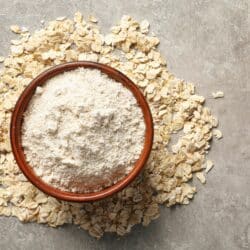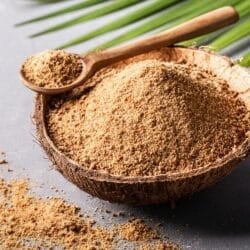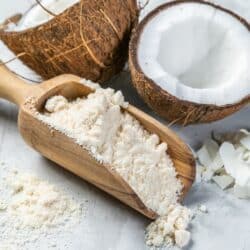7 Substitutes for Tigernut Flour (Gluten-Free)
Tigernuts are small tubers that can be ground up to make tigernut flour. It is a great grain-free alternative flour that works well for paleo and gluten-free diets. But sometimes it can be hard to find tigernut flour. In this article, learn several great substitutes for tigernut flour, all of which are gluten-free.
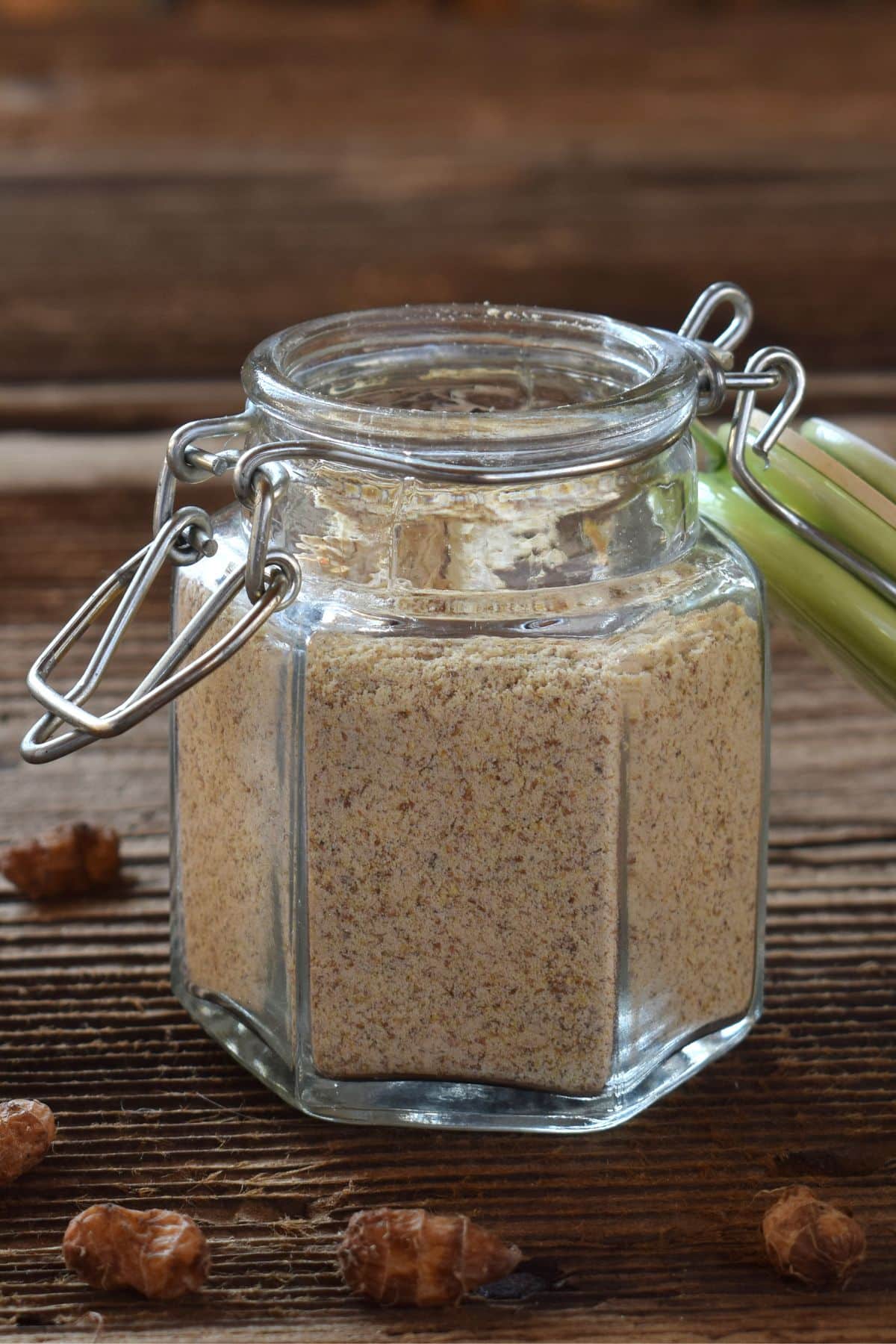
Tigernut flour is made from a type of tuber (small root vegetable) that’s native to Africa and the Mediterranean. Tiger nuts are small—about the size of an almond—and have a sweet, nutty taste.
When ground into flour, tigernut flour has a sandy texture that’s similar to wheat flour, but it’s totally grain-free. This gluten and grain-free flour can be part of an ancestral diet style.
Look for it in most healthy food stores in the baking aisle.
Substitutes for Tigernut Flour
If you don’t have tigernut flour for a recipe or you can’t find it at the store, here are some great alternatives, including how much to use when substituting for tigernut flour.
1. Cassava flour
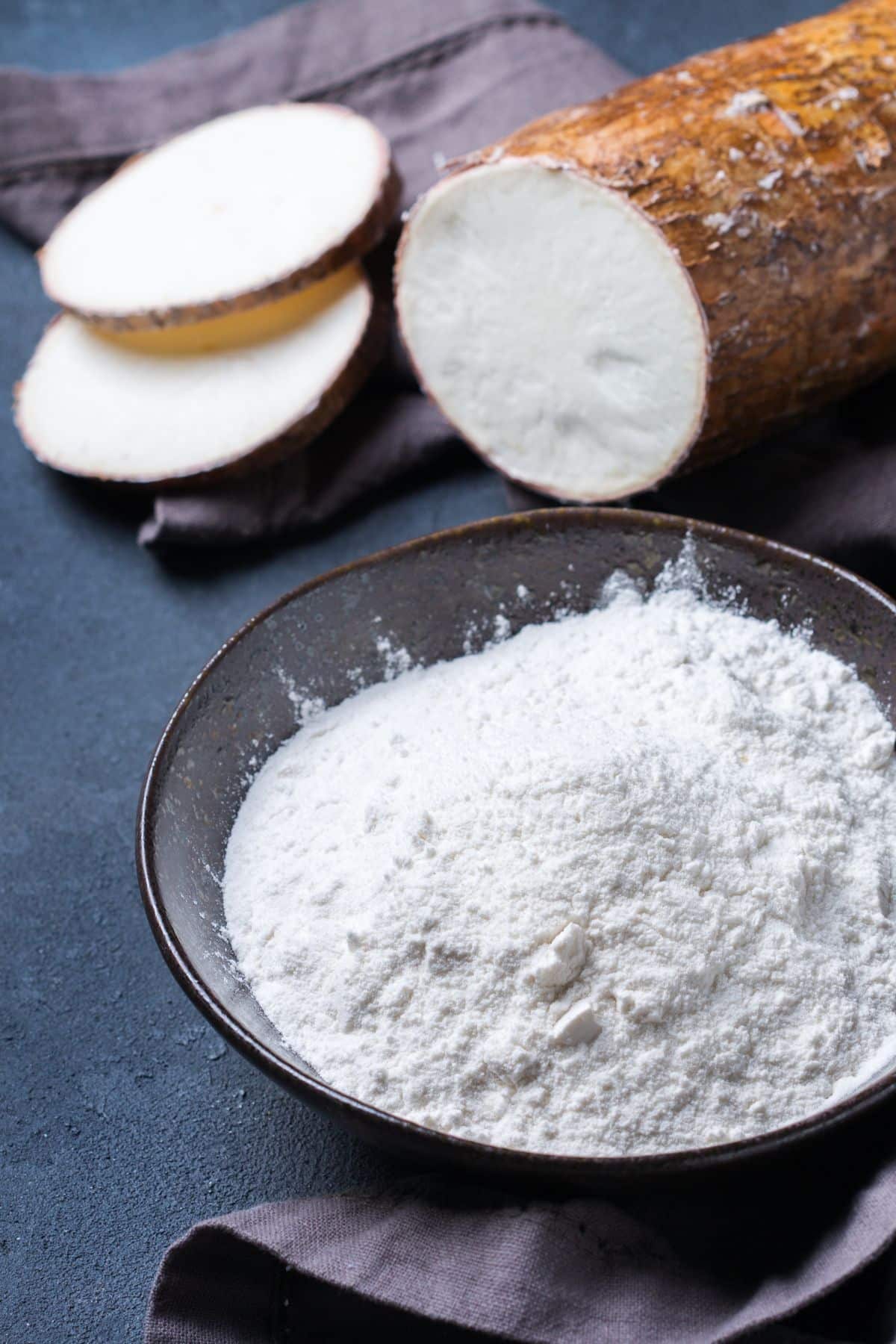
Cassava flour is a type of flour made from the cassava plant. The cassava plant is native to South America and has been used in traditional dishes there for centuries. The cassava root is dried and ground into a powder, which can then be used to make flour.
Cassava flour is gluten-free and has a slightly sweet taste. It can be used in place of wheat flour in many recipes, or mixed with other flours to create a unique flavor. It’s also a good substitute for tigernut flour and other grain-free flours.
Cassava flour is becoming more popular as people search for gluten-free alternatives to wheat flour. It is also a good choice for those with nut allergies, as it is a nut-free option.
With its versatility and distinct taste, cassava flour is sure to become a staple in many kitchens. I love it for making Cassava Muffins, Cassava Pizza Crust, and Cassava Cookies!
Also, be sure to read my article on cassava vs. tapioca.
To substitute one cup of tigernut flour, use one cup of cassava flour.
2. Almond flour
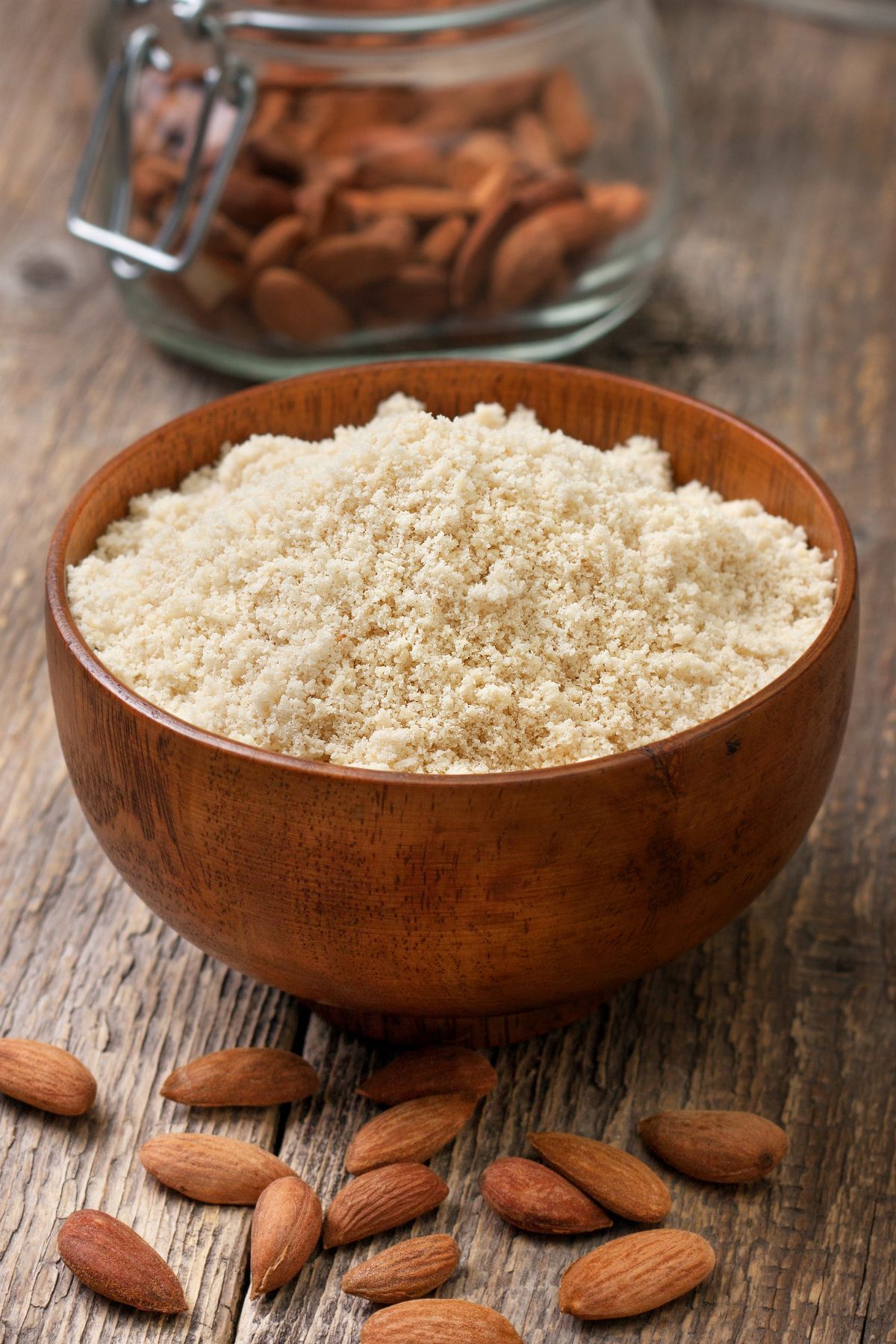
Almond flour is a healthy and low-carb alternative to traditional wheat flour. It is made from ground almonds, which are packed with nutrients like Vitamin E, magnesium, and fiber. Almond flour is also low in carbs and has a mild, nutty flavor that pairs well with sweet or savory dishes.
One of the biggest benefits of almond flour is that it is gluten-free, making it a great option for people with Celiac disease or gluten sensitivities. And because almond flour contains no refined sugars, it can be used in recipes for Paleo and low-carb diets.
Whether you are looking for a healthier flour option or simply want to add some variety to your baking, almond flour is a great choice. See my recipes for Almond Flour Banana Muffins or Almond Flour Peanut Butter Cookies.
To substitute one cup of tigernut flour, use one cup of almond flour.
3. Tapioca flour
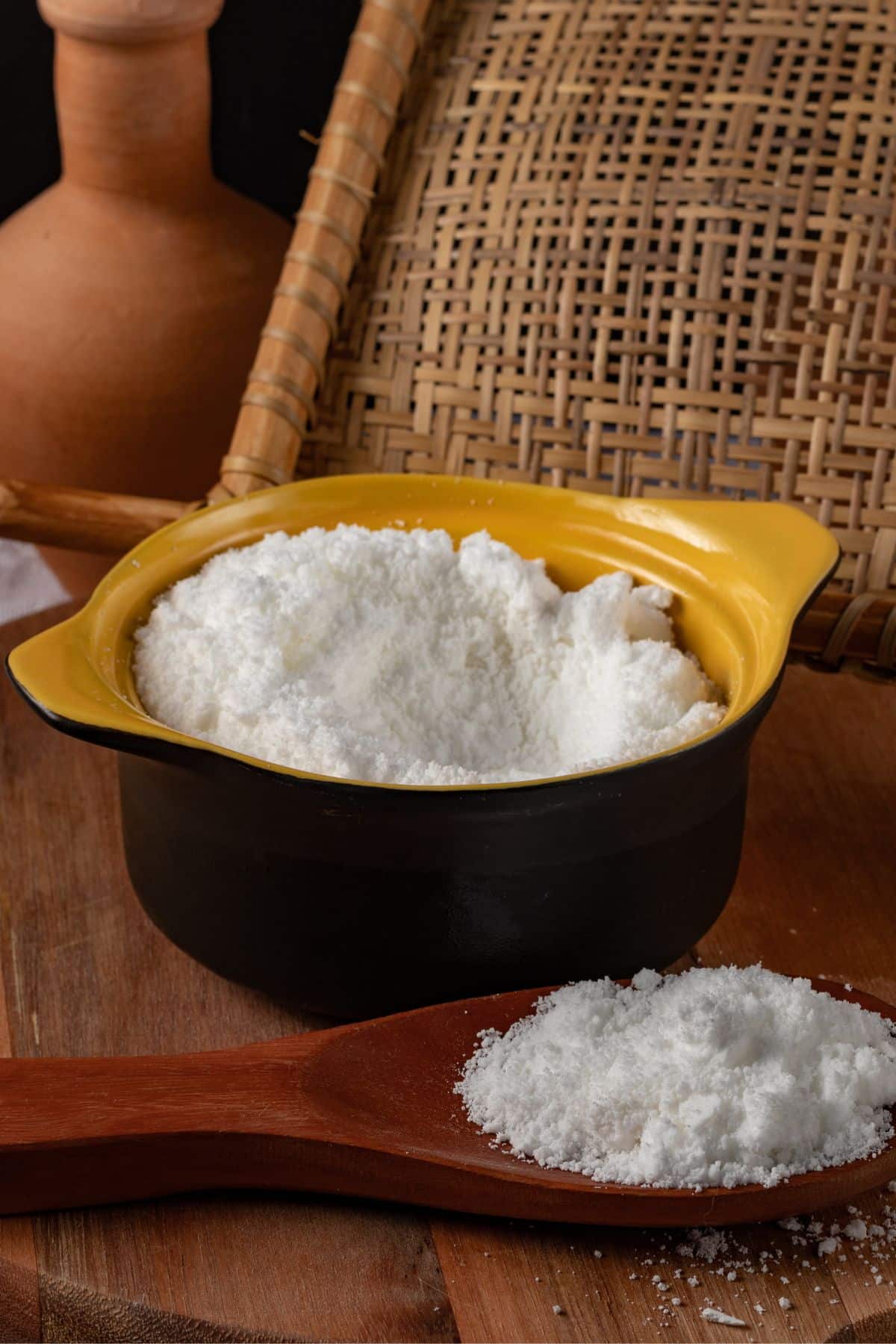
Tapioca flour is a starchy, gluten-free flour that is derived from the starch of the cassava root. It has a light, powdery texture and can be used in place of wheat flour in many recipes.
Tapioca flour is most commonly used in baking, as it helps to bind ingredients together and gives baked goods a chewy texture. It is also a popular choice for making gluten-free breads, pastries, and noodles. While tapioca flour is not as nutrient-rich as other flours, but it is an excellent source of dietary fiber.
To substitute one cup of tigernut flour, use one cup of tapioca flour.
4. Coconut flour
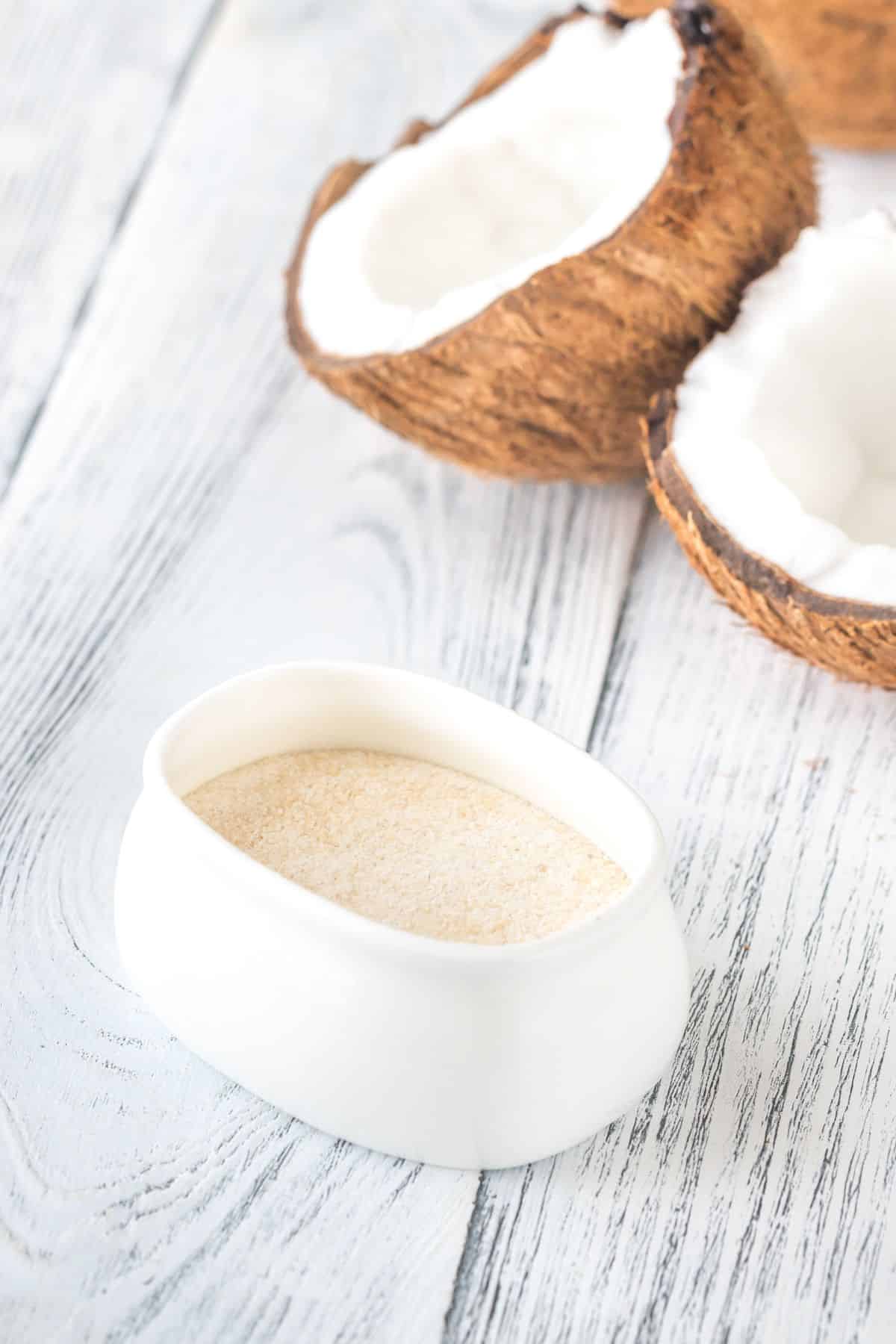
Coconut flour is a flour made from the flesh of coconuts. Unlike other flours, it is very high in fiber, which makes it a popular choice for those on gluten-free or low-carb diets. It is also dairy-free and nut-free, making it a good option for those with allergies.
Coconut flour can be used in a variety of recipes, including pancakes, cookies, and cakes.
It is important to note that coconut flour is very absorbent, so it is important to use less than you would of other flours. Use less coconut flour to start and adjust to the desired consistency.
See my recipe for Coconut Flour Chocolate Chip Muffins.
To substitute one cup of tigernut flour, use 1/2 cup of coconut flour.
5. Arrowroot flour
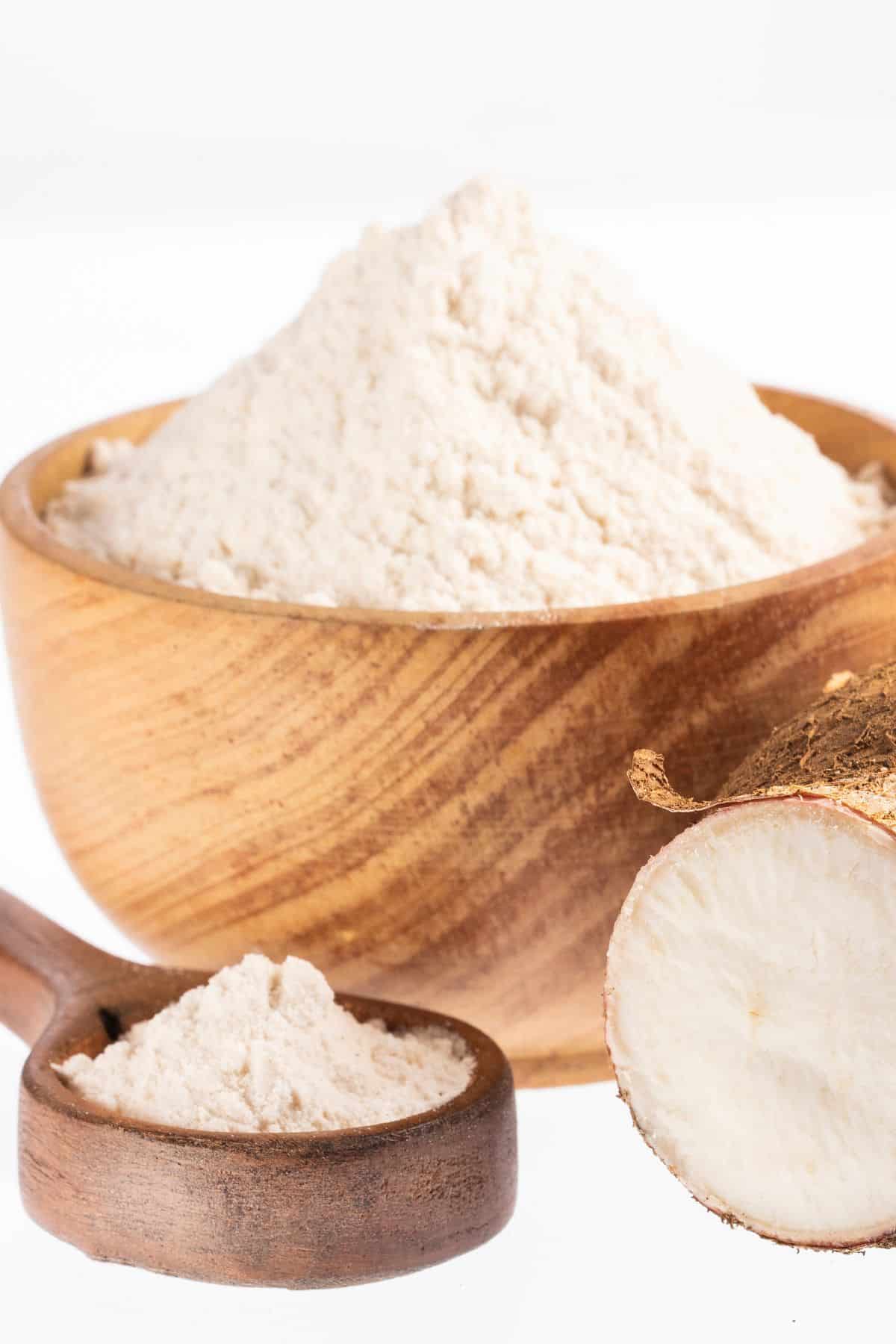
Arrowroot flour is a type of starch that is extracted from the root of the arrowroot plant. It is a white powder that is often used as a thickening agent in recipes.
Arrowroot flour can also be used to make a type of gluten-free flour. When used in baking, it helps to create a light and fluffy texture.
Arrowroot flour is also a good source of fiber. It is low in calories and has a neutral taste, making it a versatile ingredient.
Whether you are looking for a gluten-free option or simply want to add some extra fiber to your diet, arrowroot flour is an excellent choice.
To substitute one cup of tigernut flour, use one cup of arrowroot flour.
6. Buckwheat flour
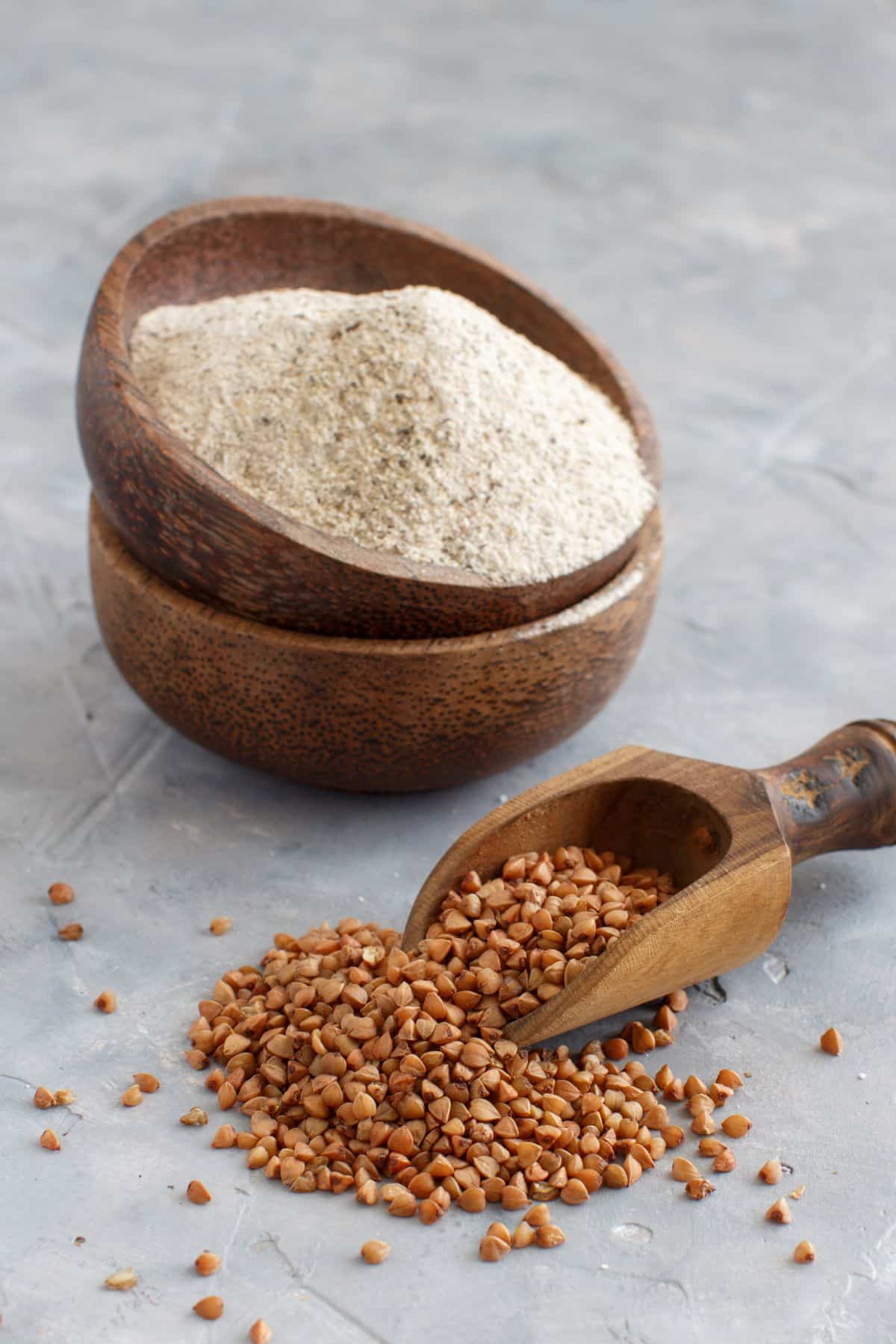
Buckwheat flour is a type of flour made from the seeds of the buckwheat plant. It is a gluten-free flour that is high in fiber and protein, making it a healthy choice for those with celiac disease or gluten intolerance.
Buckwheat flour can be used to make a variety of baked goods, including breads, pancakes, and cookies. It has a nutty flavor that pairs well with fruits and spices.
When baking with buckwheat flour, it is important to remember that it does not contain gluten and for best results, use buckwheat flour in combination with other gluten-free flours, such as rice flour or almond meal.
To substitute one cup of tigernut flour, use one cup of buckwheat flour.
7. Gluten-free baking flour

For those with gluten sensitivities, traditional flour can be a problem. That’s where gluten-free baking flour comes in. This type of flour is made from a variety of gluten-free grains, such as rice, tapioca, and potato. As a result, it can be used in place of traditional flour in any recipe.
Gluten-free baking flour is also a good choice for those who are looking to add more variety to their diet. With so many different types of gluten-free grains available, it’s easy to find a flour that fits your needs. Whether you’re looking for a light and fluffy texture or a hearty and nutritious option, gluten-free baking flour is a great choice.
My favorite brand is Bob’s Red Mill Gluten Free 1-to-1 Baking Flour.
To substitute one cup of tigernut flour, use one cup of gluten-free baking flour.
Nutrition Info
Tigernut flour is a good source of fiber and healthy fats. It’s also rich in vitamins and minerals, including magnesium, potassium, calcium, iron, and Vitamins E and C.
Because of its nutrient density and resistant starch, tigernut flour can help promote feelings of fullness and may support gut health.
This is because tigernuts are a prebiotic food. This means that the fibers feed the good bacteria in our digestive system.
How to Use Tigernut Flour
Tigernut flour is a grain-free flour and can be used in any recipe that calls for grain-based flour like wheat or rye.
When baking with tigernut flour, you may need to add a bit more liquid to your batter or dough since this type of flour does not contain gluten. Tigernut flour can also be used as a coating for meats or vegetables before frying.
More Baking Substitutes You Might Like
Conclusions
There are a variety of substitutes that can be used for tigernut flour. Whether you are looking for a gluten-free option or simply want to add more fiber to your diet, these substitutes are a great choice. With so many different types of flour available, it’s easy to find one that fits your needs.
Don’t forget to join my newsletter list to get exclusive clean eating recipes and tips. The newsletter is 100% free with no spam; unsubscribe anytime.
About the Author: Carrie Forrest has a master’s degree in public health with a specialty in nutrition and is a certified holistic nutritionist. She is a top wellness and food blogger with over 5 million annual visitors to her site. Carrie has an incredible story of recovery from chronic illness and is passionate about helping other women transform their health. Send her a message through her contact form.



